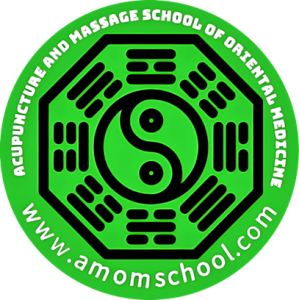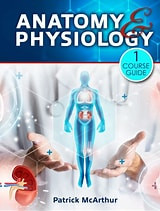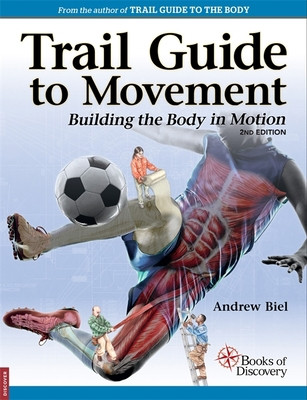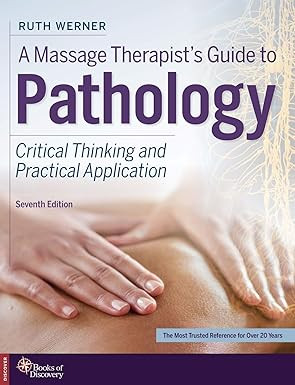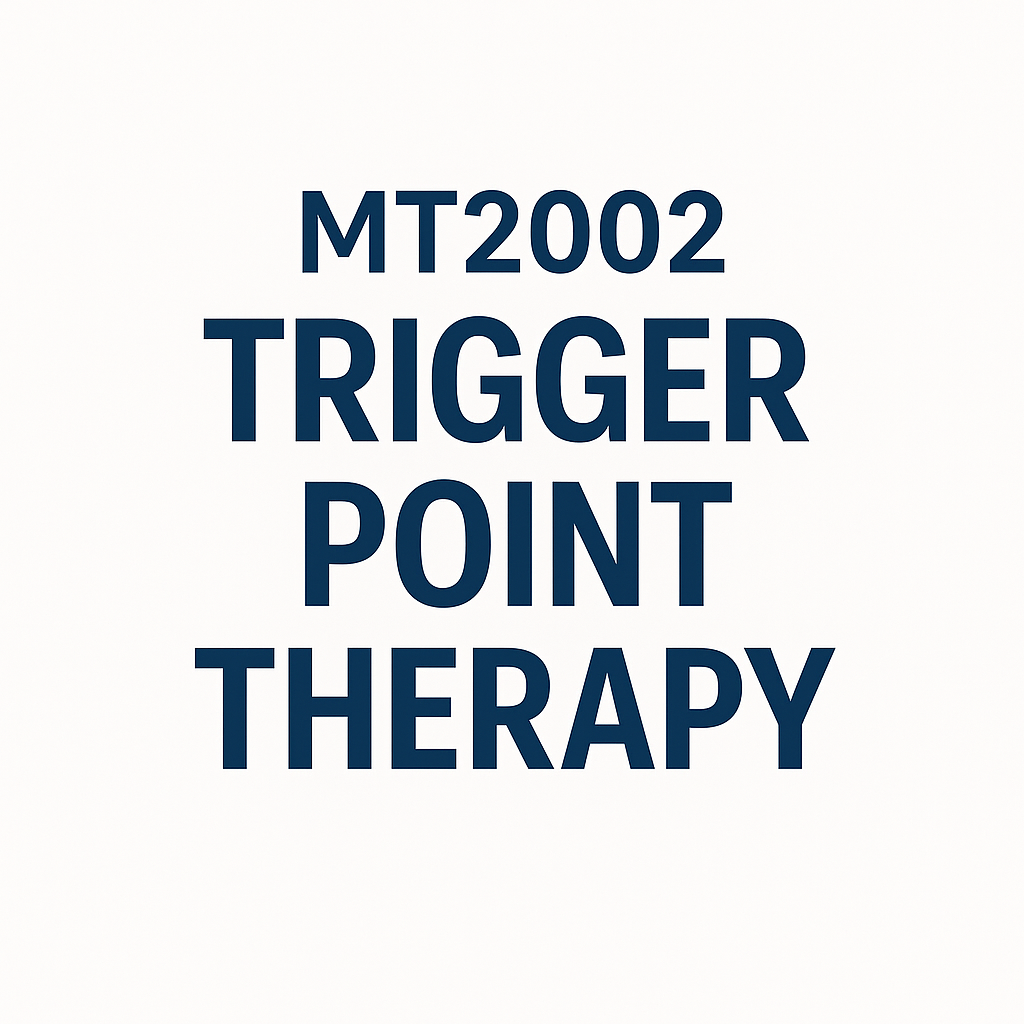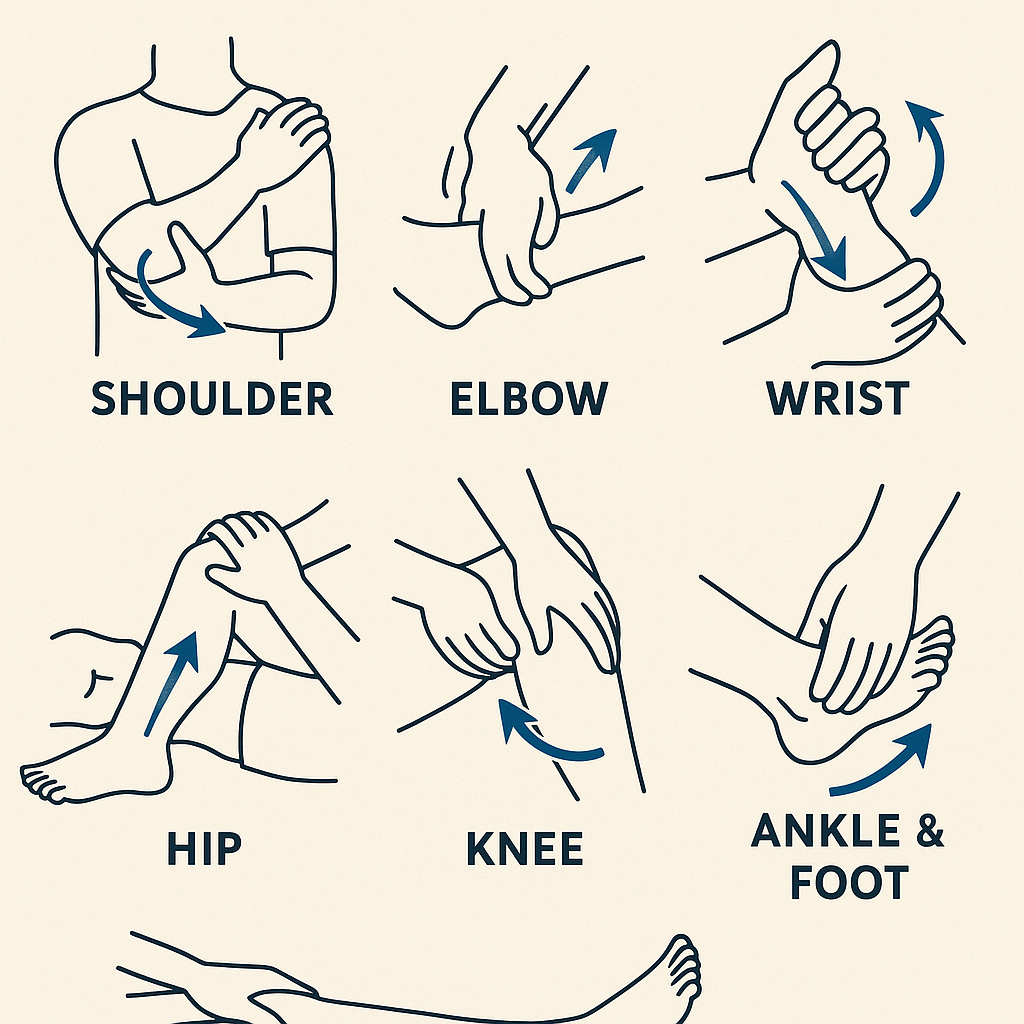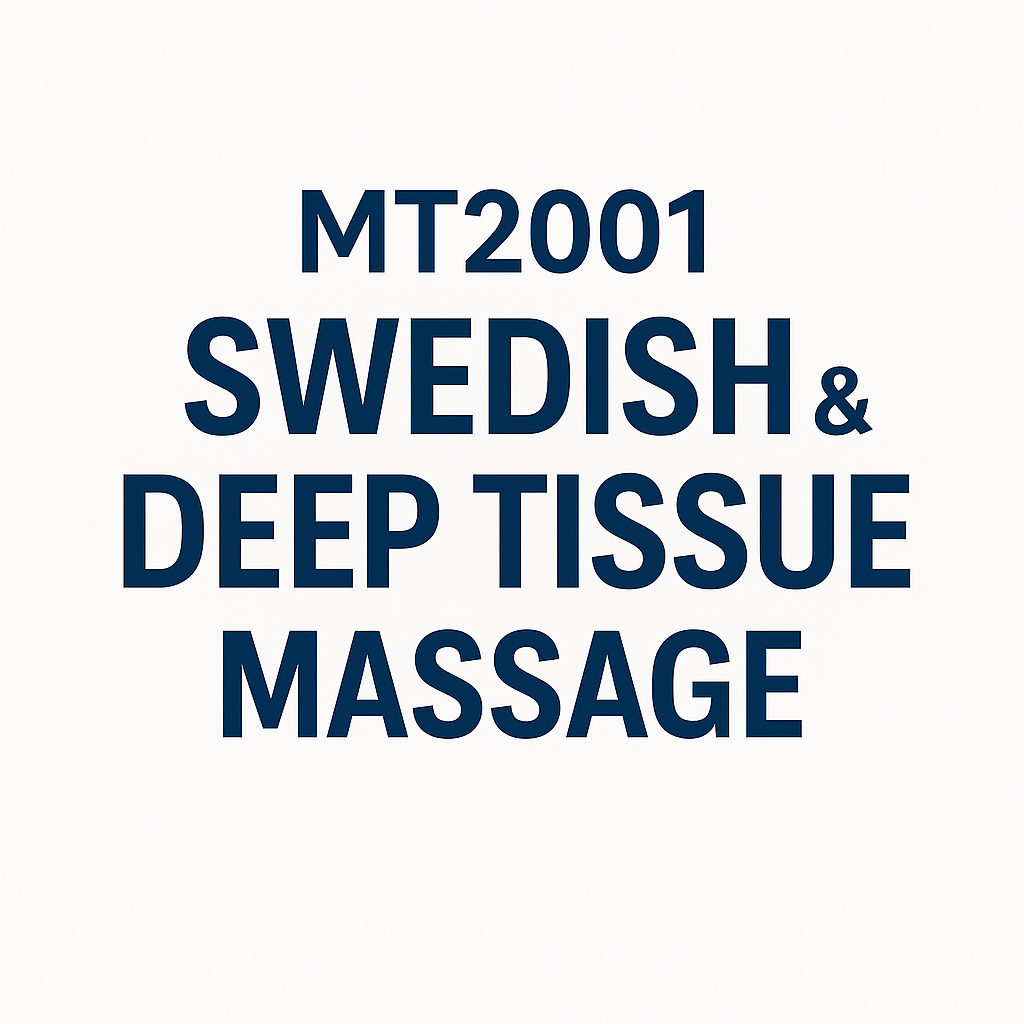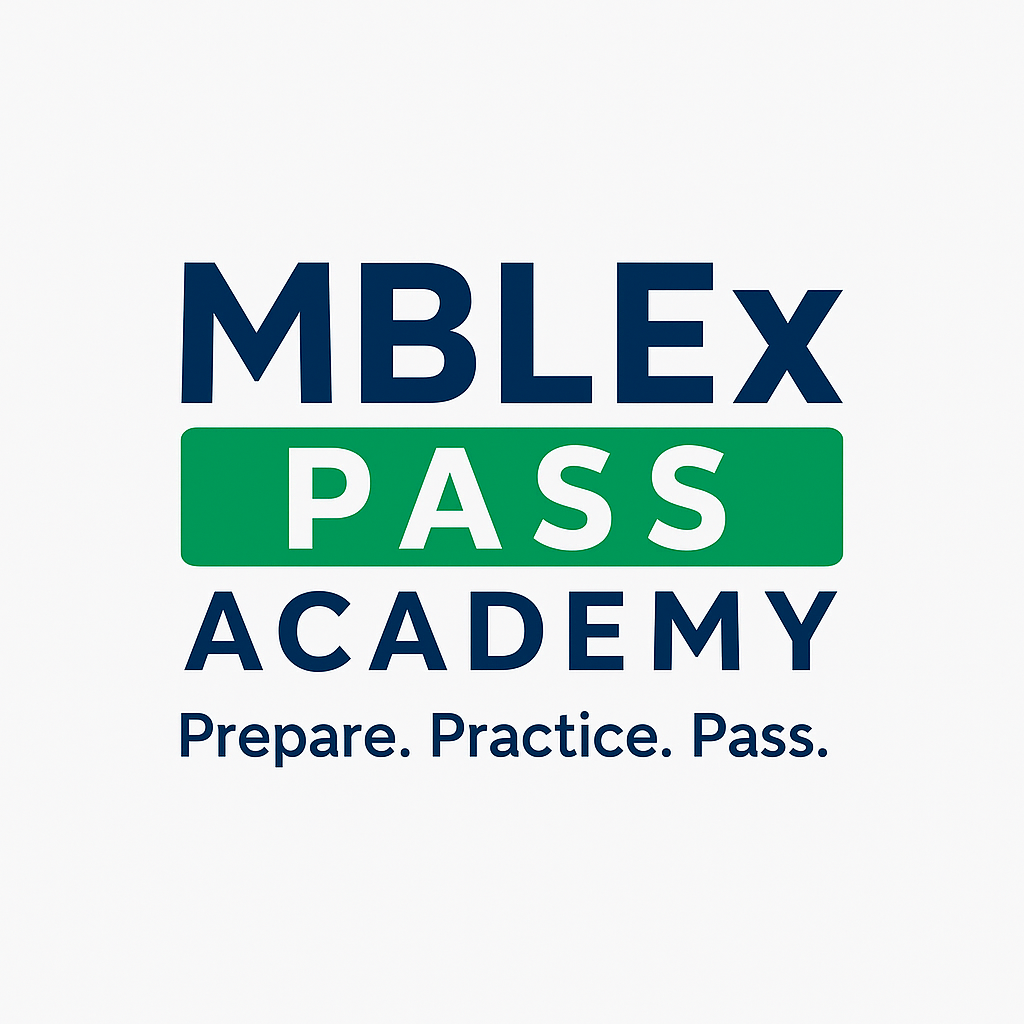Course Title:
Comprehensive Pain Management for Massage Therapists (16 CE Hours)
Course Description
This in-depth continuing education course provides Licensed Massage Therapists with a comprehensive framework for assessing and managing pain using massage therapy and integrative approaches. Combining the latest pain science, clinical reasoning, hands-on techniques, and real-world case studies, this 16-hour training equips therapists with the tools to safely and effectively support clients experiencing acute and chronic pain.
Learning Objectives
By the end of this course, participants will be able to:
-
Explain the physiology and psychology of pain, including central sensitization and chronic pain syndromes.
-
Assess clients using at least five pain assessment tools and integrate findings into treatment planning.
-
Demonstrate proficiency in at least six manual therapy techniques for pain reduction.
-
Apply integrative adjuncts (stretching, cupping, guasha, thermotherapy, stress-reduction techniques).
-
Create ethical, client-centered treatment plans for pain management.
-
Accurately document pain-related sessions using SOAP notes.
-
Analyze and solve complex pain management case studies.
- Teacher: AMOM School
